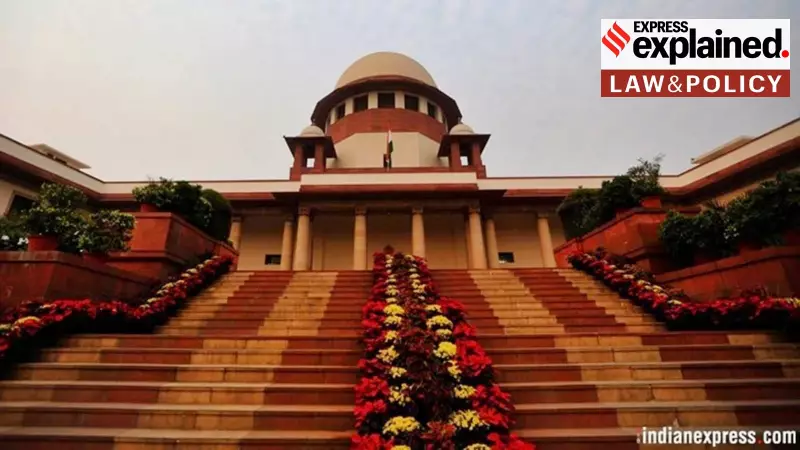
Constitutional Crisis: SC-Centre Tribunal Standoff Explained
The Supreme Court of India has expressed strong dissatisfaction with the Central government's approach in the ongoing legal battle over tribunal reforms, marking the latest chapter in a prolonged constitutional confrontation between the judiciary and executive. During recent hearings, Chief Justice BR Gavai, who retires on November 23, sharply criticized the government's eleventh-hour request for an adjournment, calling the move "very unfair to the Court" after having accommodated Attorney General R Venkataramani twice previously.
The Core Legal Battle
At the heart of this conflict lies the Tribunals Reforms Act of 2021, whose constitutional validity has been challenged by the Madras Bar Association (MBA). The petitioners argue that the legislation represents a direct attempt at "legislative overruling" of Supreme Court judgments and fundamentally undermines judicial independence. The most contentious provisions include fixing tribunal members' term at four years and setting the minimum appointment age at 50 years - both previously struck down by the Supreme Court in July 2021 when they appeared in an ordinance.
The MBA contends that by re-enacting identical provisions that the court had already declared unconstitutional, Parliament effectively nullified a judicial verdict without addressing the legal defects identified by the judiciary. This, they argue, violates fundamental principles of separation of powers and judicial independence that form the bedrock of India's constitutional framework.
Historical Context of the Conflict
This legal confrontation represents the latest development in a legislative-judicial back-and-forth that began in 2017 with the Finance Act, which empowered the Centre to frame rules for tribunals. The Supreme Court struck down these rules in the 2019 Rojer Mathew case for compromising judicial independence. When the government notified new rules in 2020, the MBA challenged them again, leading the Supreme Court to recommend modifications including a five-year tenure for tribunal members to ensure their independence.
Despite judicial intervention, the Centre promulgated an ordinance in April 2021 maintaining the four-year tenure and 50-year age limit. The Supreme Court struck down both provisions three months later, declaring them "arbitrary and contrary to separation of powers." In a direct response, Parliament passed the Tribunals Reforms Act just one month later, re-introducing the very same provisions.
Impact on Tribunal Functioning
The prolonged standoff has created a severe crisis in India's tribunal system, with the Supreme Court itself observing that these quasi-judicial bodies have been left "virtually defunct" due to extensive vacancies. Government data from December 2022 reveals the alarming scale of the problem:
National Company Law Tribunal: 24 vacancies against sanctioned strength of 32
Armed Forces Tribunal: 24 vacancies against sanctioned strength of 34
Income Tax Appellate Tribunal: 18 judicial member posts vacant out of 63
Railway Claims Tribunal: Both vice chairman posts vacant and 16 of 20 judicial member positions unfilled
Central Government Industrial Tribunal: Only 13 presiding officers against sanctioned strength of 22
These specialized judicial bodies were established to provide speedy and expert resolution of disputes in areas like taxation, corporate law, and administrative matters, thereby reducing the caseload burden on regular courts. Their effective paralysis has significant implications for India's justice delivery system and economic governance.
Arguments from Both Sides
The petitioners argue that a four-year tenure makes tribunal members insecure and vulnerable to executive pressure, particularly if they hope for reappointment. They also contend that the 50-year age limit arbitrarily excludes qualified younger lawyers, especially when individuals can become High Court judges at younger ages.
The Union government, in its counter-affidavit, maintains that the age limit ensures sufficient experience and that the four-year term with reappointment possibilities provides adequate job security. The Centre defends the Act as a matter of "pure policy" within Parliament's exclusive domain and argues that judicial interference violates separation of powers.
As this constitutional standoff continues, the functioning of critical judicial institutions remains compromised, affecting thousands of pending cases and undermining access to specialized justice across India.





